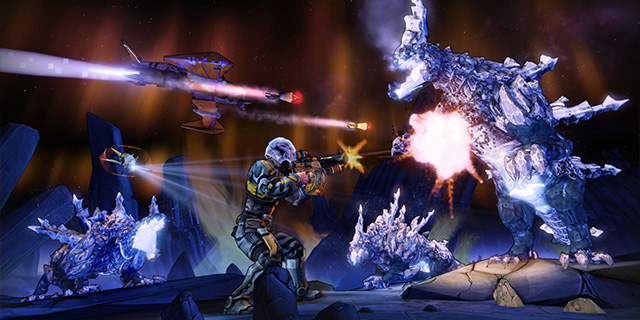
Borderlands doesn’t step tenderly around anything, and the developers’ devotion to a joke or a theme is to be applauded. Dogged determination doesn’t always work out, though. Not every moon is our moon, and recreating the sense of slowness seen in footage from ours does not translate well to Pandora’s moon, Elpis. Some other additions and changes are good, however. I don’t ever want to play another Borderlands game in which my only option is to sell trash guns back to Marcus. Throwing them into the Grinder — and admittedly often receiving more valuable trash guns — is too enticing to empty my backpack every time I pass a vending machine. READ MORE
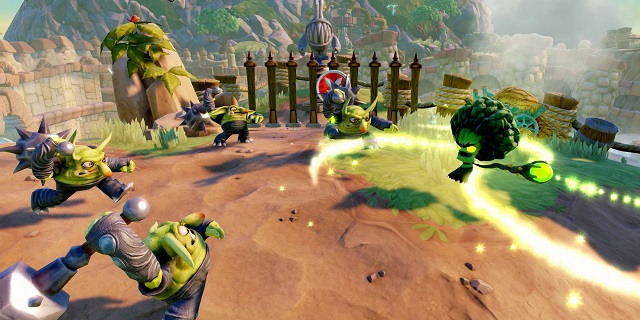
Most of the time, it’s the object of a review to evaluate a game on its artistic merits, like what it’s trying to communicate and how it goes about delivering on that vision. With some games, though, like this fourth installment of the Skylanders series, what we’re looking at is undeniably a product: a collection of bullet points loosely tied together and pressed on a disc for consumption by mass-market shoppers. That’s not necessarily a bad thing for every game, but it does make the “film criticism” school of reviews largely inappropriate.
So I’m going to follow Trap Team‘s lead and package together some bullet points for you. READ MORE
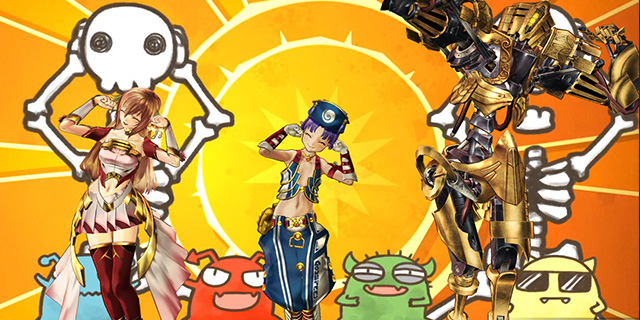
Relationships between party members have always been a mainstay of JRPGs. Why these seemingly random people who look like they have no business with each other on a normal day come together for a united purpose is usually beyond us. These relationships are usually touched upon, but never really go incredibly in-depth. But what happens when one developer decides to make that the central theme of the game? Japanese developer Gust gives us that answer. READ MORE
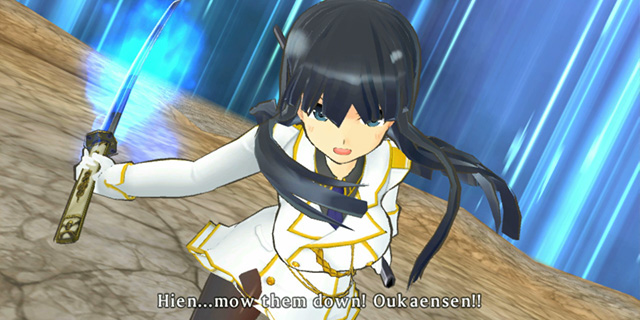
It’s always been a bit crazy how Japan has managed to remain so different when it comes to video games. Senran Kagura is probably one of the biggest examples of this: a game based on Japanese myth, mixed with more modern themes, but not one that simply takes game mechanics from something already popular. While Shinovi Versus continues where Burst left off, the series really doesn’t feel like any game before it. Shinovi Versus builds on the earlier games, but adds quite a bit to it thanks in part to the increased power and control available on Vita. READ MORE
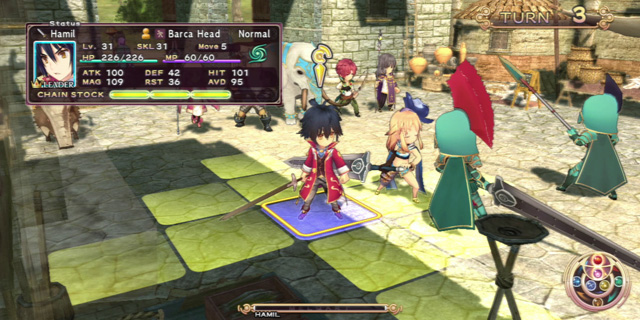
When I first heard the concept behind Tears to Tiara II: Heir of the Overlord, I was skeptical. I was expecting yet another game in which a male main character goes through a reference-filled plot that only exists to tie battles together, with a bunch of women swooning over him the whole way. Given the series’ roots in mature visual novels, I figured that was only natural, but I am happy to have my assumptions proven wrong.
READ MORE
























